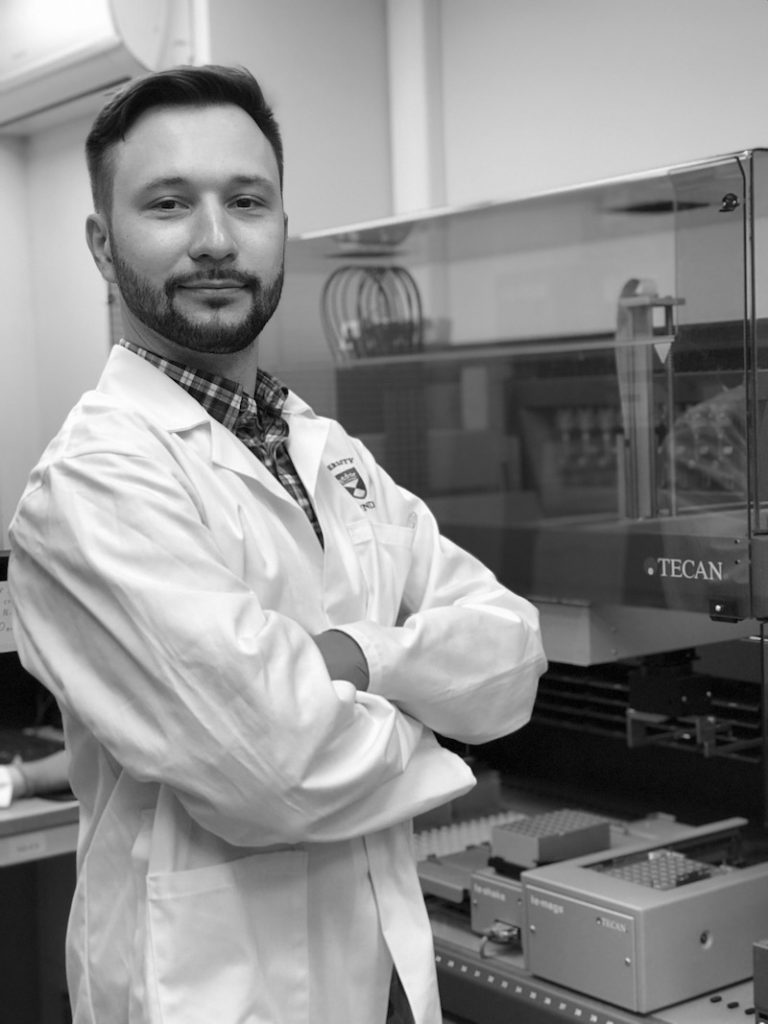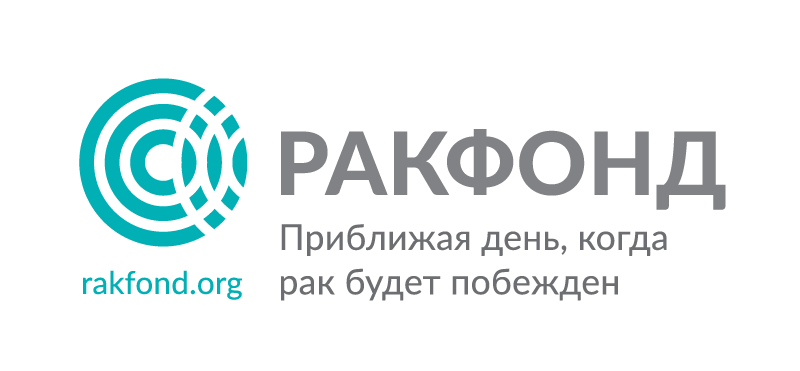2018-02 AWARD WINNER EMIL BULATOV

Emil Bulatov, Ph.D., Leading Researcher, Kazan Federal University
Project:
Investigating efficacy mechanisms of T cells with chimeric antigen receptor (CAR-T) against solid tumors
Funding:
100 000 rubles – funding from RakFond
150 000 rubles – reagents from SciStoreLab, LLC
Brief Description:
Immunotherapy is one of the most promising areas of modern basic and clinical oncology. The significance of this research has been highlighted by the recent Nobel Prize in Physiology and Medicine 2018 for the discovery of immune checkpoints, which are in charge of the antitumor immune response. A well-known example of the clinically successful cell-mediated cancer immunotherapy is T-cell therapy with chimeric antigen receptors (CAR).
The core of this technology is the genetic modification of human immune T cells, so that novel receptors appear on their surface, which are absent in naive T cells. These modified T cells are called CAR-T cells. The presence of a special receptor allows CAR-T cells to recognize a tumor and to initiate the process of its elimination.
At the moment, this approach is quite successfully applied in clinical hematology for the treatment of children and adults with B-cell lymphomas and acute lymphoblastic leukemia. However, in solid tumors, CAR-T cells have only recently attracted interest worldwide. CAR-T application against solid tumors is associated with a number of difficulties, they include the presence of immunosuppressive microenvironment, which counteracts CAR-T cells, as well as CAR-T cells penetration deep inside the solid tumors.
In a broad sense, our goal is to “teach” human immune cells to fight tumor effectively. Therefore, we study CAR-T cells activity in lab tumor models. In prospect, our results will support the development of local biomedical cell products for the treatment of solid tumors. The research is conducted by us in collaboration with the V.A. Almazov National Medical Research Center (Saint-Petersburg) and has been recently supported by a 4-year grant from the Russian Science Foundation.
